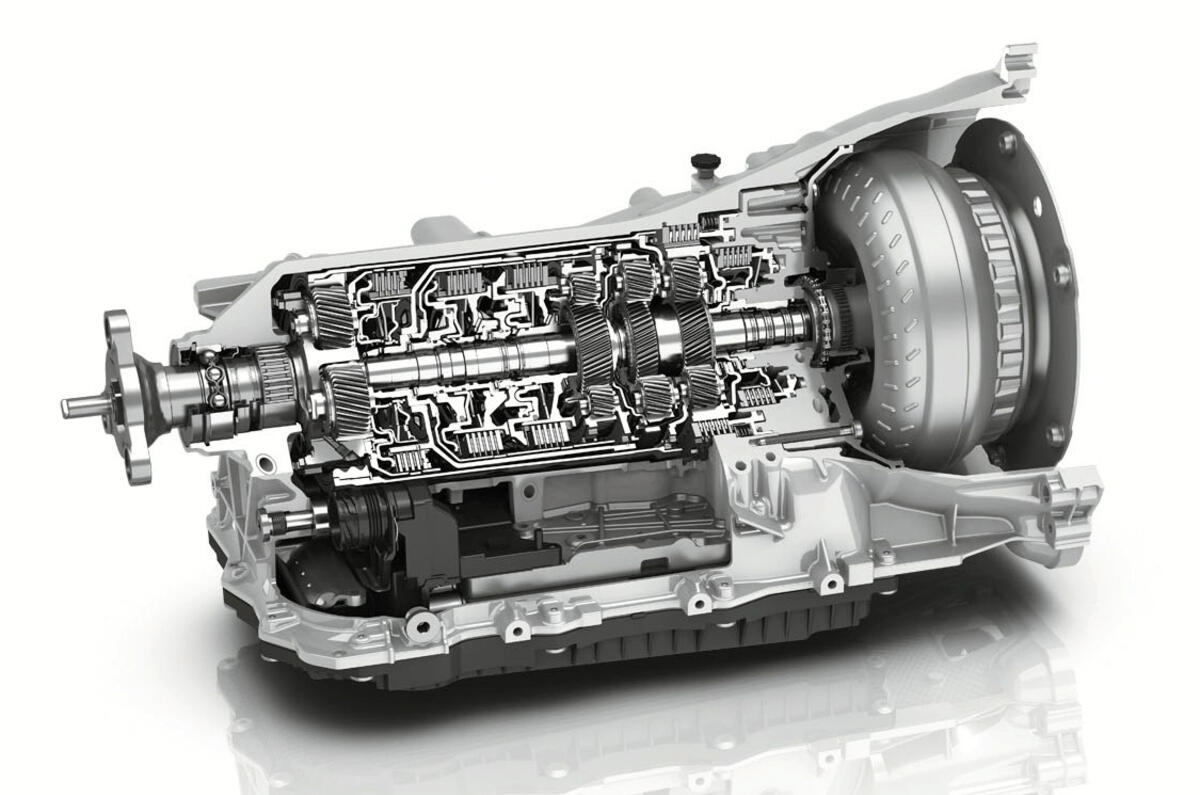The term “torque-converter” will be well recognized by auto enthusiasts. In the realm of automotive engineering, torque converters hold a significant role, particularly within automatic transmission systems. These marvels of engineering have a crucial role to play in maintaining smooth vehicle operation and power transmission as well as the enjoyment of driving. This guide will unravel the inner workings of torque converters in order to clarify their fundamental role in automotive technology.

Knowing the Torque Converter
Power Transmission at its Heart A torque converter, or fluid coupling, is made for use with automatic transmissions. Its main function is to transfer energy from the engine into the transmission which in turn propels the wheel. This mechanism is integrated into the automated transmission system, which bridges the space between engine power and wheel motion.
Components that are at Play The torque converter is a complex device made up of three key components: the impeller, the turbine and the stator. They function in tandem to transform torque and transfer power.
Mechanism is breaking down
The mechanisms involved in a torque convertor are complex, with intricate interactions that produce an efficient power transmission
Impeller Initiation: When the engine begins it spins the impeller. The impeller, similar to a fan, circulates the transmission fluid inside the converter. As the impeller turns it produces fluid that hits the turbine’s blades.
Turbine Response: A turbine attached to the input shaft of the transmission gets activated when the fluid strikes the impeller. This causes the turbine to enter motion, which causes it to spin in a manner equal to the impeller’s motion. This generates kinetic power and the power needed for transmission.
The role of the Stator in enhancing efficiency
The stator is one of principal components in a torque converter. The stator is situated between the turbines and impellers and is a key element in increasing the efficiency of power transmission.
Fluid Redirecting Mechanism: The stator works through redirecting fluid flow between the impeller and turbine. This redirection is vital to optimizing the output of torque and ensuring the efficient transfer of power. Through controlling the path of the fluid it helps to ensure an efficient and balanced operation.
Torque Converters: What are they and how do they function?
The torque converter is an essential element of the driving experience.
1 Smooth Transitions: The design and mechanics of a torque converter is responsible for the seamless transition between gears in automatic transmissions. The torque converters that use fluid coupling don’t need manual engagement of the clutch. This allows seamless shifts of the gears without interrupting power flow.
2. Torque converters also can help stop engine stalls. The fluid coupling can let for the engine to run when the vehicle is stopped. This ensures a constant idle, and makes it unnecessary to engage the clutch manually when the vehicle has stopped.
3. Torque converters are effective in giving power since they maximize the transfer of power. This improves your driving experience, as it gives you the power to accelerate or control cruise.
Torque converters are intricate mechanical elements that constitute the core of automatic transmission systems. Fluid coupling, supported by the stator, impeller and turbine, allows for a seamless transfer of engine power to the transmission. This power transmission is able to ensure smooth shifting of gears and helps prevent stalling or idling, as well as other problems with driving.
Understanding the purpose of torque converters is essential for automotive enthusiasts and engineers. These devices offer the perfect marriage between fluid mechanics and engineering and they’re able to make every drive a smooth one. Torque converters are a vital component of modern automotive technology and will continue to remain so as long as the technology continues to evolve. They are used to show how mechanics interact with technology, and functionality.